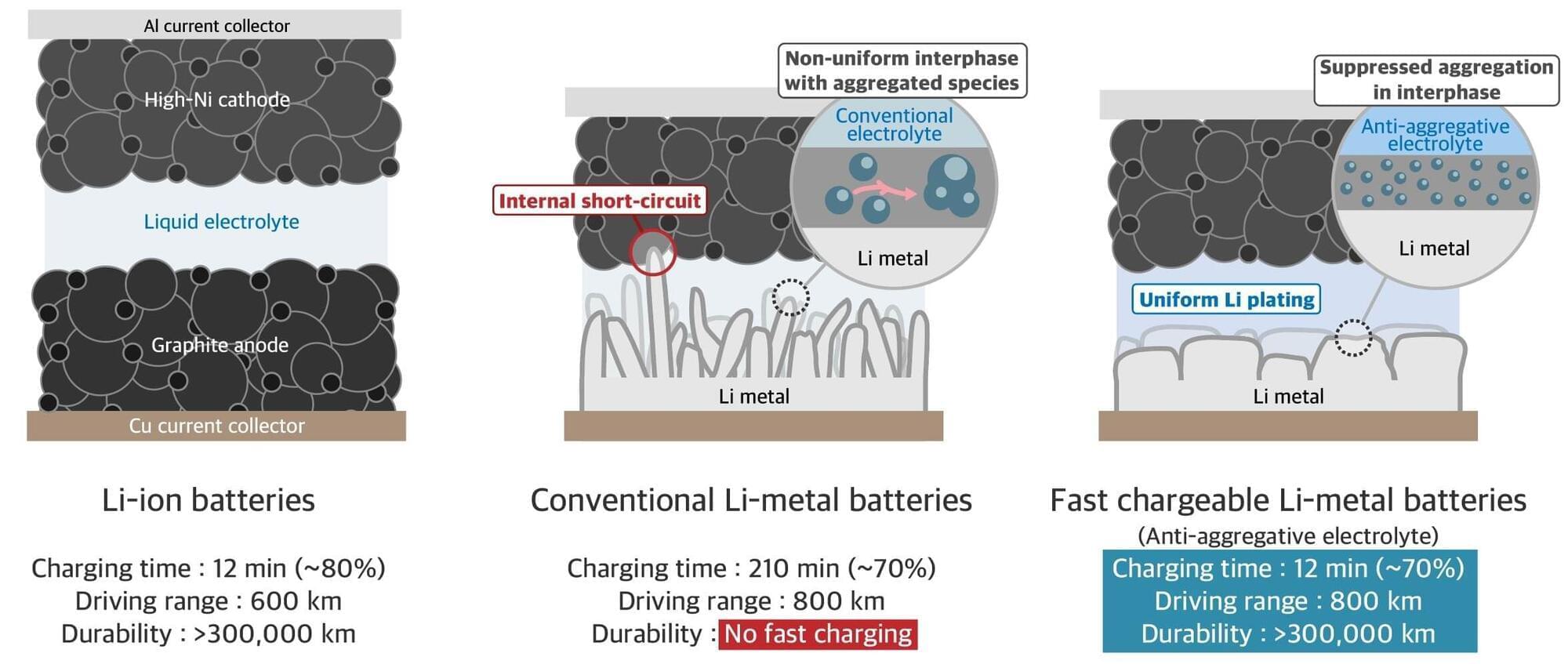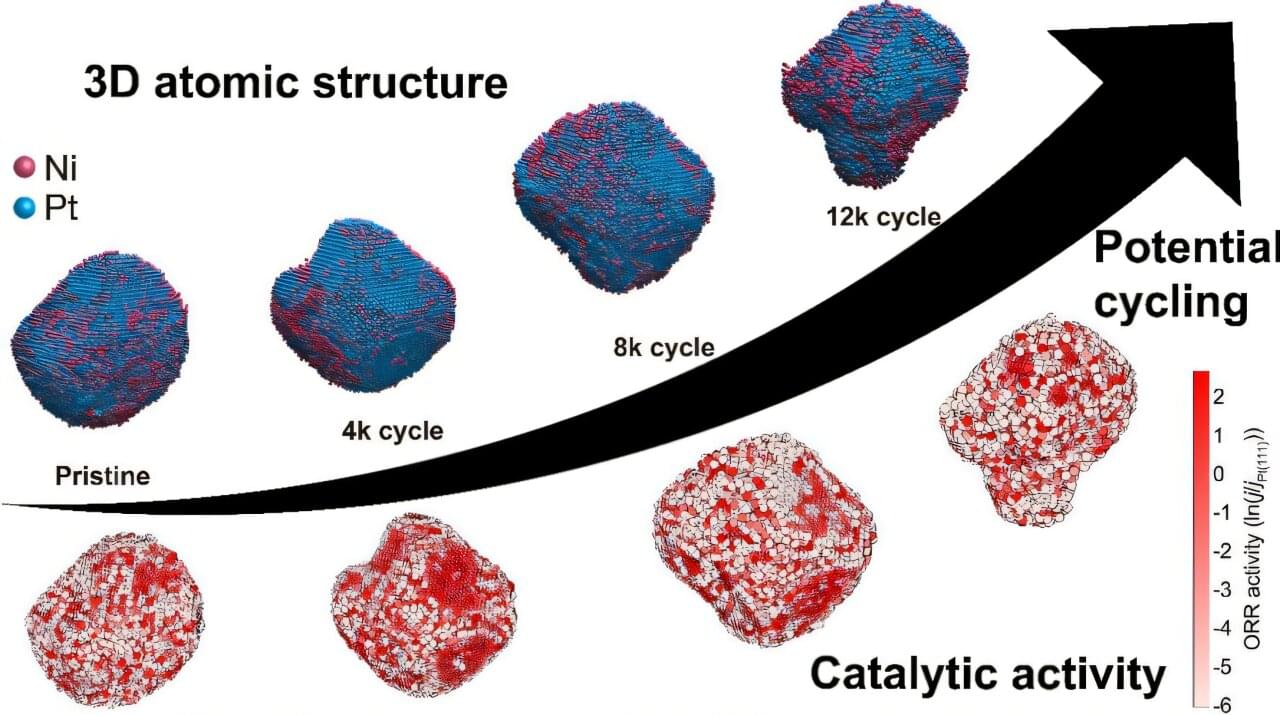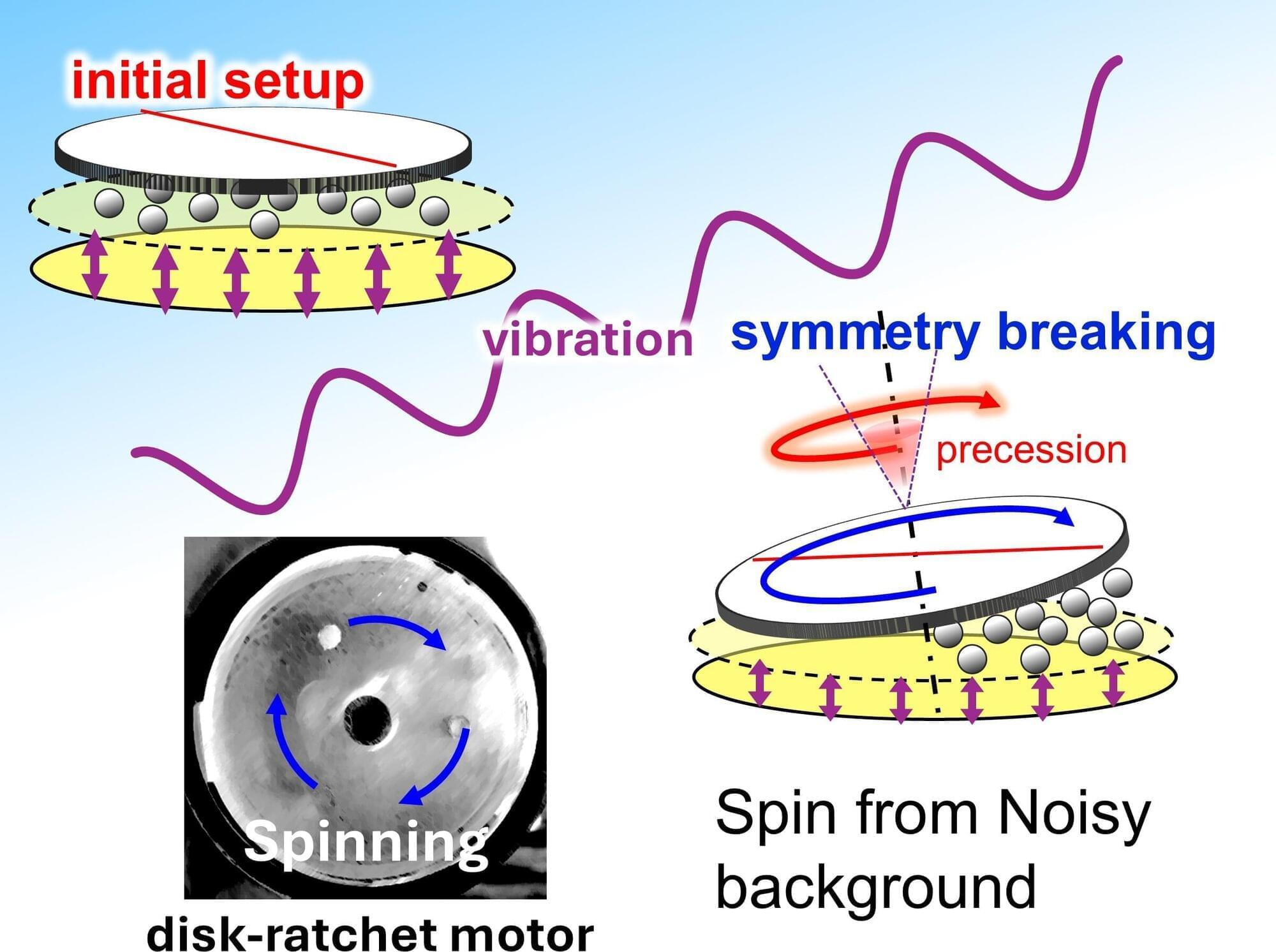A future where all homes and vehicles in the U.S. are fully electrified could overwhelm power supply and risk outages unless key upgrades are made, says a new study conducted by Purdue University engineers. But a few strategies could cut two-thirds of the potential costs of reinforcing the nation’s distribution grid to handle this demand.
Electrifying would mean switching a home’s heating system from a boiler to a heat pump and transitioning from gas-or diesel-fueled vehicles to electric vehicles.
“If we install a whole bunch of new electric heating systems for homes and use more electric vehicles and electric water heaters, then we’re going to increase electricity demand a lot. And that’s basically going to require putting in thicker wires, bigger transformers and other infrastructure into the power grid,” said Kevin Kircher, a Purdue assistant professor of mechanical engineering and faculty member in the university’s Ray W. Herrick Laboratories. “And if that happens, utilities will pass the cost of those upgrades to us, the customers.”




